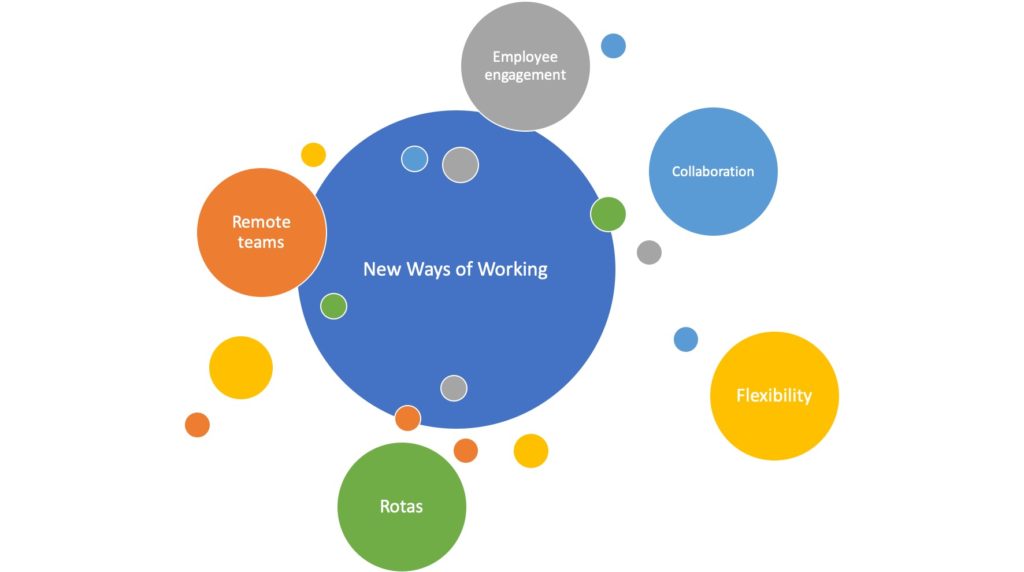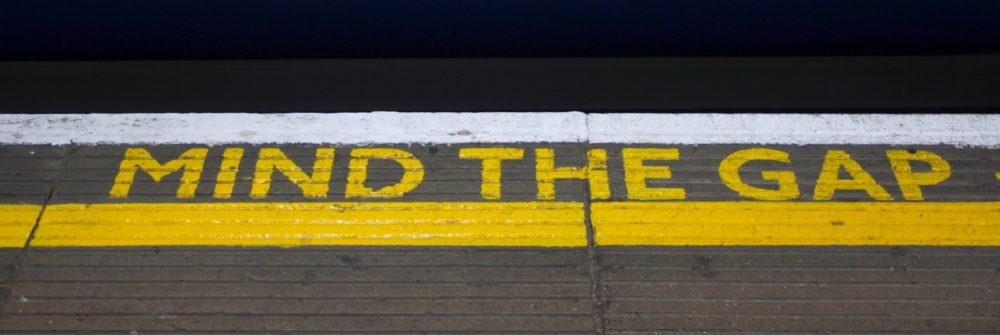While the future of business and the global economy continues to be uncertain given the ongoing pandemic, the New Normal is starting to resolve before our very eyes. For the last month, leading business press and global consultancies have been focusing on not just the changes occurring within our businesses right now, but the new demands these changes place on leadership.
Some of these changes include:
- Adjusting to distributed teams – permanently
- Adopting new and much faster change approaches to change management
- Recognize that work has changed forever, and prioritize collaboration, flexibility and accountability

The three shifts listed above are just the tip of the iceberg, and yet, each represents in and of itself sea changes and attendant challenges leaders will need to address. For example:
- Adjusting to distributed teams: Many companies have discovered that working from home works for them. Likewise, many employees have found that working from home works for them, too. As leaders adjust to workforces that spend little-to-no time in the office, challenges will include maintaining company culture and employee engagement, and ensuring employees are productive and performing.
- Accelerated change: Right now, teams are energized by the rapid change, and leaders are excited by the success and speed of the changes their teams have achieved…however, change can also be exhausting. How to maintain swift change as a competency while still maintaining positive energy and avoiding burnout will be key to success.
- New ways of working: Teams working staggered shifts, new rotas or remotely will need more than new tools to support them. Leaders will need to re-think project teams, for example, trading the someone-from-every-function model to a leaner group with clear accountabilities, if they have any hope of successfully accelerating change, as noted above. Supporting these new structures will challenge managers, particularly those tending toward a command-and-control style, or organizations that focus on inputs (e.g. hours worked) rather than outcomes.
Our founder, Stefan Wissenbach, and the CEO of BreatheHR, Jonathan Richards, recently discussed the rapidly evolving leadership landscape on a webinar hosted by Breathe. Here’s the recording if you missed the live event.
The Leadership Perception Gap
In addition to the challenges described above, there’s another challenge lurking for leaders that will impact whether or not their company is successful in adjusting to the new normal, and we’re calling it the Leadership Perception Gap.
The Leadership Perception Gap is, in short, the difference between the perception company executives have of the effectiveness of their organization’s leaders, and the perception of their employees. When the perceptions differ too greatly, the resulting gap represents a real impediment to the successful execution of company initiatives.
Why? It’s simple.
If the employees have a poor perception of their leadership – whether that means their direct managers, department leaders or the executive team – they are less likely to trust them, take their direction or support their decisions. Additionally, a team in this state is probably also experiencing a degree of disengagement, meaning their enthusiasm is low and they lack the feelings of pride and ownership that are catalysts for the above-and-beyond efforts which power business success.
Webinar Replay: The Leadership Perception Gap
Take a deeper dive into the Leadership Perception Gap presented by our founder, Stefan Wissenbach, below.
Featured image via on Flickr



